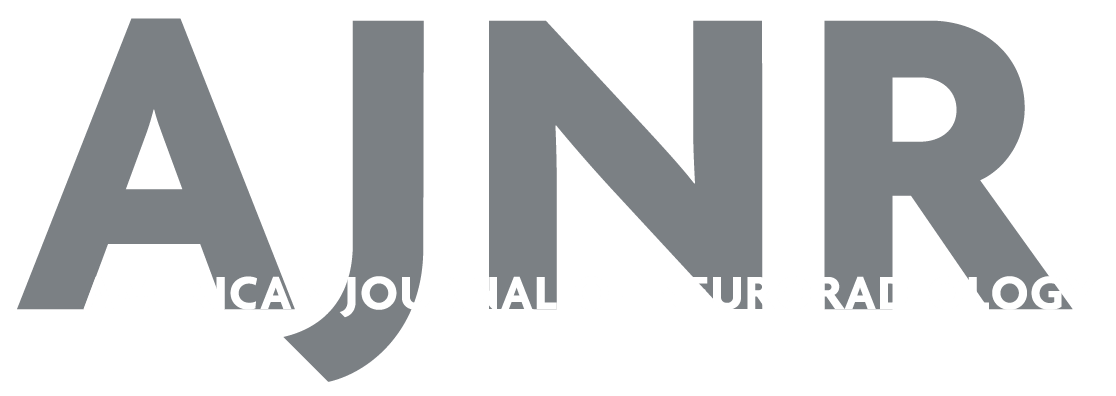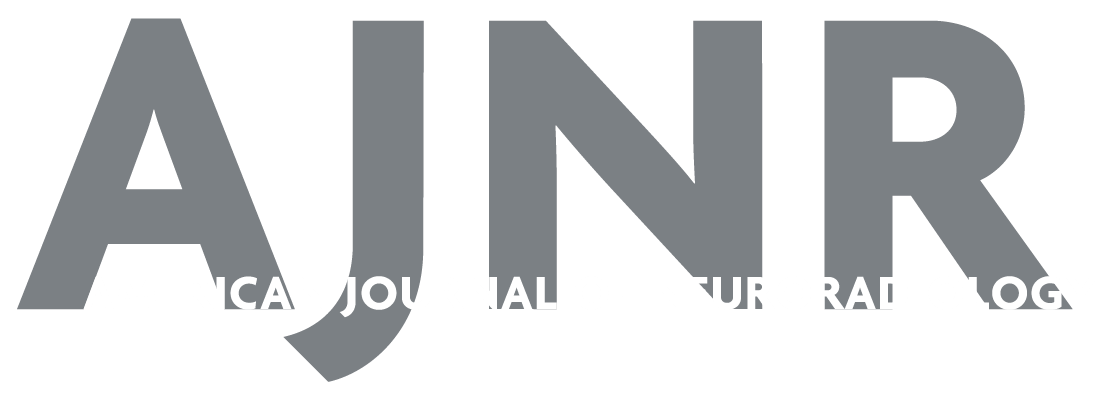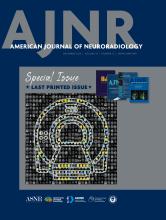Case of the Week
Section Editors: Matylda Machnowska1 and Anvita Pauranik2
1University of Toronto, Toronto, Ontario, Canada
2BC Children's Hospital, University of British Columbia, Vancouver, British Columbia, Canada
Sign up to receive an email alert when a new Case of the Week is posted.
January 2, 2020
Primary Familial Brain Calcification
- Background:
- Historically known as Fahr disease, primary familial brain calcification (PFBC) has been known by at least 35 different names in the literature. It is characterized by bilateral calcification of predominantly the lenticular nuclei but can also involve the thalamic, caudate, and dentate nuclei. The cerebellum, brain stem, centrum semiovale, and subcortical white matter may also be involved.
- In our case, the patient had a history of seizures. However, a previous MRI, which was done 2 years prior, had not demonstrated the calcification seen on CT. Biochemical testing revealed normal serum calcium, parathyroid hormone, iron, and magnesium levels. Further history revealed a family history, with the patient’s mother demonstrating similar intracranial findings.The clinical diagnosis of PFBC was met.
- Clinical Presentation:
- Only a small proportion of patients with intracranial calcifications are symptomatic. It is usually an incidental finding on imaging.
- Three forms of the disease are reported in the literature.
- Early childhood onset: characterized by delayed mental development and a mild delay in attaining motor and developmental milestones
- Early onset (~30 years of age): neuropsychiatric symptoms
- Late onset (~50 years of age): dementia and movement disorders
- Other symptoms include seizures, chronic headaches, vertigo, urinary urgency, and incontinence.
- Key Diagnostic Features:
- Suggestive findings:
- Bilateral strio-pallido-dentate calcifications visualized by CT
- Progressive neurologic dysfunction (generally including movement and/or neuropsychiatric disorders)
- Age at onset is typically in the fourth or fifth decade, although earlier or later onsets have been reported.
- Absence of biochemical abnormalities or clinical features suggestive of metabolic, mitochondrial, or other disorders
- Absence of an ischemic, neoplastic, infectious, toxic, or traumatic cause
- Family history consistent with autosomal dominant inheritance
- Genetic testing:
- A heterozygous pathogenic variant in PDGFB, PDGFRB, SLC20A2, or XPR1 genes has been identified in more than half of those with a clinical diagnosis of PFBC.
- Suggestive findings:
- Differential Diagnoses:
- Traumatic brain injury: orbitofrontal and anterior temporal locations are the most common sites for contusions. Subcortical and callosal locations are sites for axonal injury.
- Disorders of calcium metabolism: hypoparathyroidism, pseudohypoparathyroidism, and pseudopseudohypoparathyroidism; symmetric basal ganglia calcification is seen; however, serum biochemical markers are abnormal in these conditions.
- Kenny-Caffey syndrome type 1: characterized by growth delay, cortical thickening of the long bones, hypocalcemia, hypoparathyroidism, and calcification of the basal ganglia
- Infectious viral encephalitis, bacterial and parasitic infections (eg, brucellosis, toxoplasmosis): in these conditions the distribution and appearances of calcifications vary compared with PFBC.
- Mitochondrial disorders: mineral deposits in the brain and basal ganglia are observed. The clinical presentation is varied and many of these conditions involve multiple organ systems.
- Early-onset syndromes (eg, Cockayne syndrome, Aicardi-Goutières syndrome, immunodeficiency 38 with basal ganglia calcification, tuberous sclerosis complex, cerebroretinal microangiopathy with calcifications and cysts, pantothenate kinase–associated neurodegeneration (PKAN), Down syndrome): the clinical presentation of most of these conditions is different from PFBC. PKAN is associated with iron deposition.
- Treatment:
- Treatment of manifestations: pharmacologic treatment to improve anxiety, depression, and obsessive-compulsive behaviors, as well as for movement disorders (eg, tremors) or dystonia; anticholinergics for urinary incontinence; antiepileptic drugs for seizures
- Surveillance: neurologic and neuropsychiatric assessments
- Agents/circumstances to avoid: cautious use of neuroleptic medications, as they may exacerbate extrapyramidal symptoms










